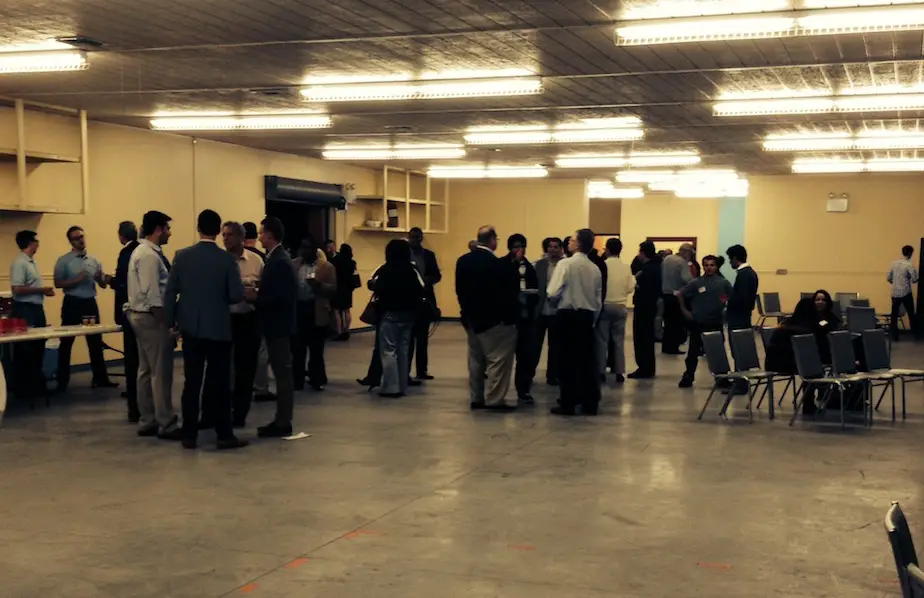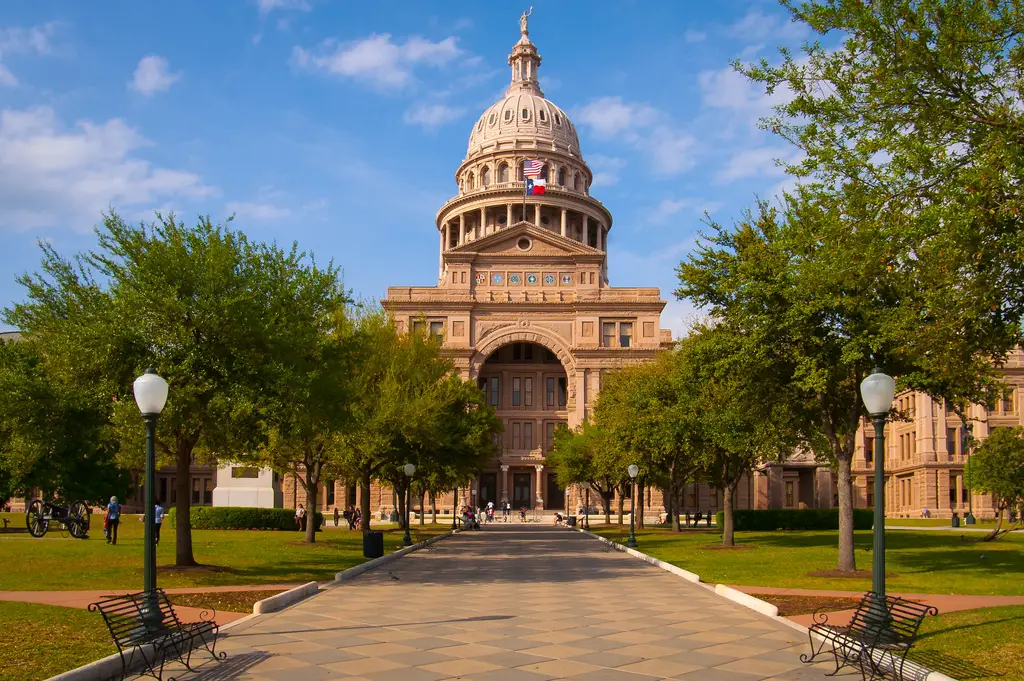How Good Public Transport Can Encourage Sustainable Cities
Urban sprawl has strong impacts on sustainable mobility in cities. It is a phenomenon that not only encourages car use, but it also makes it more costly for local governments to provide public transport services. For individuals, sprawl makes it very difficult to walk or ride a bike to daily activities.
Urban sprawl is usually associated with countries like the United States, but it also happens in developing countries, like Mexico. There, the effects of urban sprawl are more damaging, especially because of the lack of infrastructure and public funds to provide services. Sprawl also raises equity issues, as few people in developing countries can afford a car.
However, it is possible, even in resource-poor countries, to implement strategies that link public transport with urban and economic development in order to generate sustainable cities. An example is Curitiba, Brazil with its strategy of Transit-Oriented Development (TOD) around their Bus Rapid Transit (BRT) system.
ITDP Mexico has made an infographic animation to explain the mobility problems caused by cities’ rapid expansion, and to introduce the strategy of TOD to the country’s urban development officials, so they can implement it. The video is part of a larger project sponsored by the British Embassy in Mexico to foster low carbon growth for Mexican cities.


